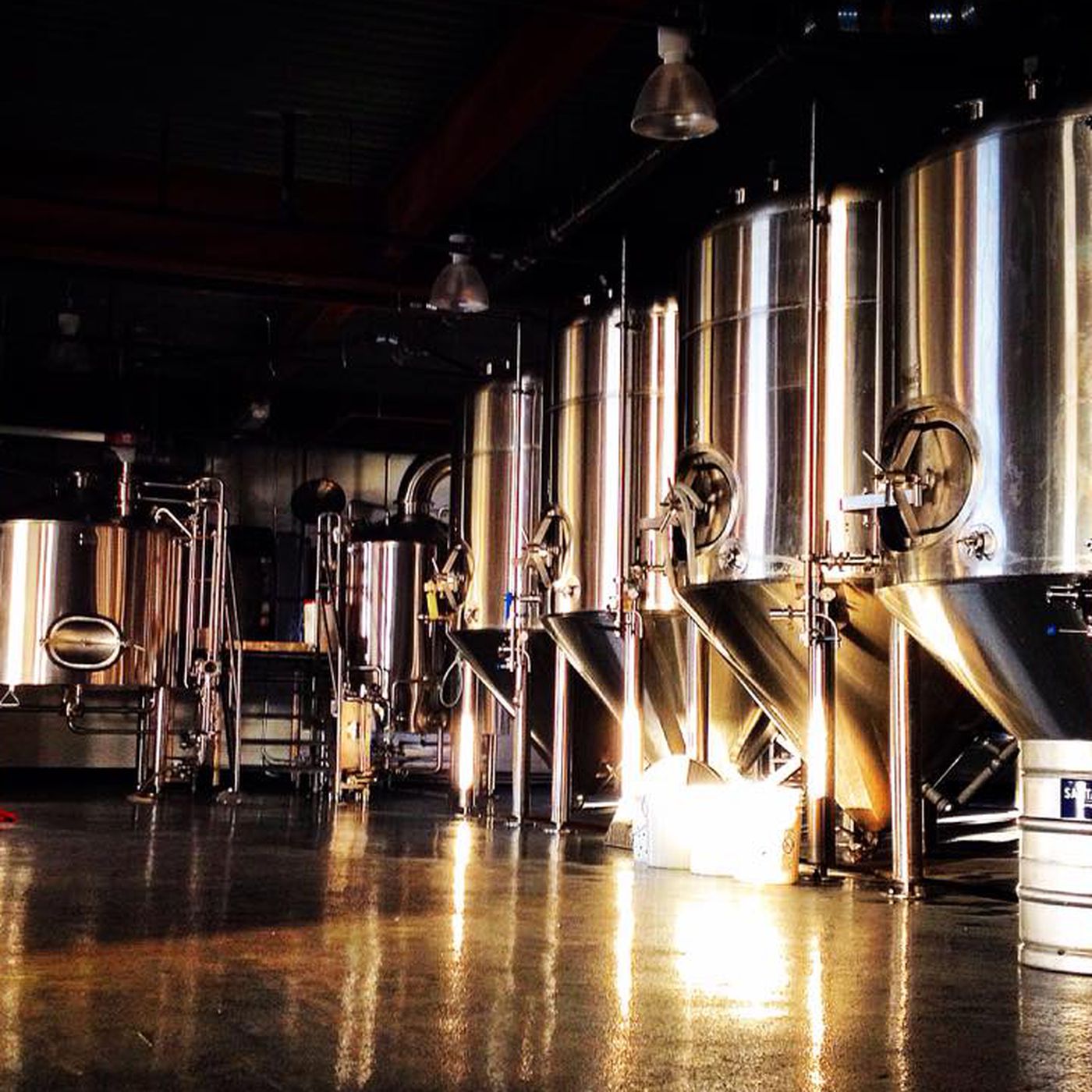
It’s loud. It’s hot. The entire Willamette Valley is saturated with the scent of IPA. It’s hop harvest and it’s my favorite time of year.
Top and bottom cutters drive through rows at Coleman Agriculture’s hop farm plucking bines from its trellis. One after another, truckloads of freshly harvested bines push down dirt roads. At the picker, cones are stripped from bines, separated from leaves and sent to the kiln. Carried on conveyor belts, the dried cones are transported to the cooler to rest before being baled, pelletized and sent to your brewery.
It’s truly magical. But…
Queue my incessantly inquisitive and occasionally annoying brain: But how did they get this far? How much deeper can I go to learn about these luscious ingredients? I want to know more.
Earlier this year I had the honor of getting my “hop-geek” on at the International Hop Growers’ Convention session on Science and Technology in Austria. I thought I had a pretty strong grasp on hops, but sitting in a room with 60 of the world’s leading hop scientists was more than humbling. As I listened to three days of science talks, dictionary by my side, I became fascinated with hop breeding and testing of new varieties.
In my naivety, I assumed that scientist in some lab took a couple hop bines out to a nice dinner and bam! Two to three years later a new hop was born. Although that image sure is thought provoking, it’s so much cooler than that. From lab to brewery, a new aroma hop can take up to 12-20 years to delight your senses.
In 1907, Professor E. F. Salmon began the first hop crossbreeding program as the director at Wye College in the United Kingdom. It took 12 years for the program to release its first bittering hop to the public — Brewers Gold. In the years since, there have been several breeding practices used, including polyploidy breeding, mutation breeding and gene transfer. Nowadays there are hop breeders in all major hop growing countries, except China. The development of hops worldwide provides brewers with a bounty of flavors to create unique, alluring recipes.

So why does it take so long to release a new variety? Breeders have a lot more to consider than just the alpha acids and oil characteristics that many brewers seek. They need to be confident that the plant will perform over the long-term. Not only do the cones need to present something distinctive in flavor and/or aroma, but they also need to withstand environmental confrontations such as powdery and downy mildew, hop aphids, spider mites, wilt and stress tolerance. Add to that, to appeal to a grower, the economics need work out promising high quality and yield. Then the ultimate test: the brewer has to want to buy it.
So, let’s get to what we all really want to know. What are some hot new varieties that were harvested this year? I called my friend Dr. Paul Matthews, the Senior Research Scientist at Hopsteiner, to see what he’s excited about this year. Enter Denali and EUREKA!. Dr. Matthews may be especially attached to these varieties as they’re his team’s creations, but as he described them, I couldn’t wait to taste the brews in which they’ll be used. Denali’s alpha acids come in between 13-16%, essential oils 2.5-4%, and has notes of pineapple, pine and bright citrus. EUREKA! sounds like nothing short of a hop bomb. With alpha acids at 17-19%, and total oils at 2.5-4.4%, this hop is comparable to Citra. In high levels, Dr. Matthews says it has strong 4MMP characteristics such as sulfur, onion, garlic and cat urine. If that’s not what you’re looking for, you can use a little less and pick up pleasant currant and stone fruit flavors.
Check out these and other new hops available this season, and happy hopping!
Cher Gillson #ladybeerfarmer, is the owner of Share Media and Marketing.






Be the first to comment